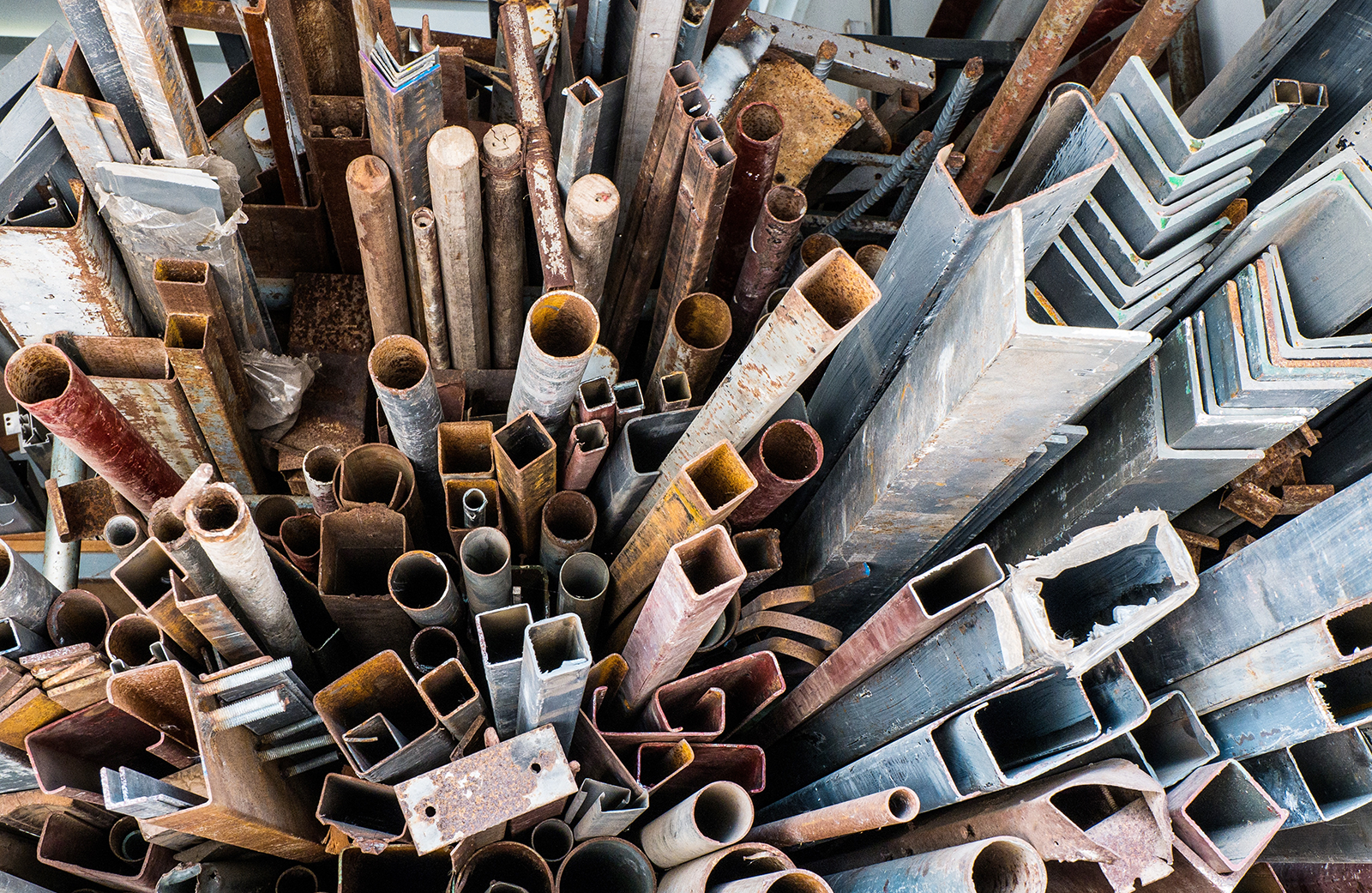The Versatility of Scrap Metal

Here at Taroni’s we appreciate that scrap metal recycling offers a multitude of advantages, ranging from its durability and versatility to its positive environmental impact. In this blog post, we will delve into the sustainable aspects of using scrap metal in construction and infrastructure. We will explore its various applications, highlight its benefits, and examine how incorporating recycled metal can contribute to a greener and more sustainable future.
The Durability of Scrap Metal
Scrap metal, especially steel and aluminium, is known for its exceptional durability. This attribute makes it an ideal material for construction and infrastructure projects that require longevity and structural integrity. The inherent strength of scrap metal ensures the durability of buildings, bridges, and other structures, providing long-term stability and resistance to external forces.
Versatility and Adaptability
Scrap metal offers unmatched versatility and adaptability in the construction and infrastructure sectors. It can be molded, shaped, and fabricated into various forms, allowing architects and engineers to create innovative and customised designs. The versatility of scrap metal extends to its compatibility with other materials, making it easy to integrate into existing construction processes and systems.
Environmental Benefits of Recycled Metal
Incorporating recycled metal into construction and infrastructure projects brings significant environmental benefits. Here are some of the key advantages
Resource Conservation
Using recycled metal reduces the need for extracting and processing virgin materials. By diverting scrap metal from landfills and reintroducing it into the manufacturing cycle, we conserve natural resources and reduce the energy-intensive mining and refining processes associated with primary metal production.
Energy Efficiency:
Recycling scrap metal requires significantly less energy compared to the production of virgin metal. The energy savings achieved through recycling contribute to reduced greenhouse gas emissions and help combat climate change.
Waste Reduction:
Construction and demolition activities generate substantial amounts of waste. By incorporating scrap metal into building materials and infrastructure projects, we divert metal waste from landfills, reducing the strain on waste management systems and minimising environmental pollution.
Circular Economy:
Scrap metal recycling promotes a circular economy by closing the loop of material consumption. Instead of being discarded, scrap metal is transformed into new products, extending its lifecycle and minimising waste generation.
Applications of Scrap Metal in Construction and Infrastructure
Scrap metal finds diverse applications in construction and infrastructure projects. Here are a few notable examples:
Structural Components:
Scrap metal, particularly steel, is widely used in the construction of buildings, bridges, and tunnels. It can be used to create Armco barriers, steel beams and more. Its high strength-to-weight ratio makes it an ideal choice for load-bearing structures, providing structural stability and safety.
Reinforcement and Support:
Scrap metal reinforcement, such as rebar, is commonly used in concrete structures to enhance strength and prevent cracking. It adds durability and resilience to infrastructure projects, ensuring longevity and performance.
Roofing and Cladding:
Recycled metal, such as aluminium or steel panels, is utilised for roofing and cladding applications. These materials offer weather resistance, durability, and aesthetic appeal, contributing to energy efficiency and sustainable building design.
Interior Design and Decoration:
Scrap metal can be creatively incorporated into interior design elements, including railings, decorative panels, lighting fixtures, and furniture. The use of recycled metal in these applications adds a unique and sustainable touch to architectural spaces.
Scrap metal has emerged as a sustainable solution for construction and infrastructure projects. Its durability, versatility, and positive environmental impact make it an ideal choice for architects, engineers, and developers committed to sustainable design and construction practices. By incorporating recycled metal into building materials, bridges, and other large-scale projects, we can promote resource conservation, reduce waste, and contribute to a greener future. Embracing the sustainable potential of scrap metal allows us to construct resilient structures while minimising our impact on the environment.


